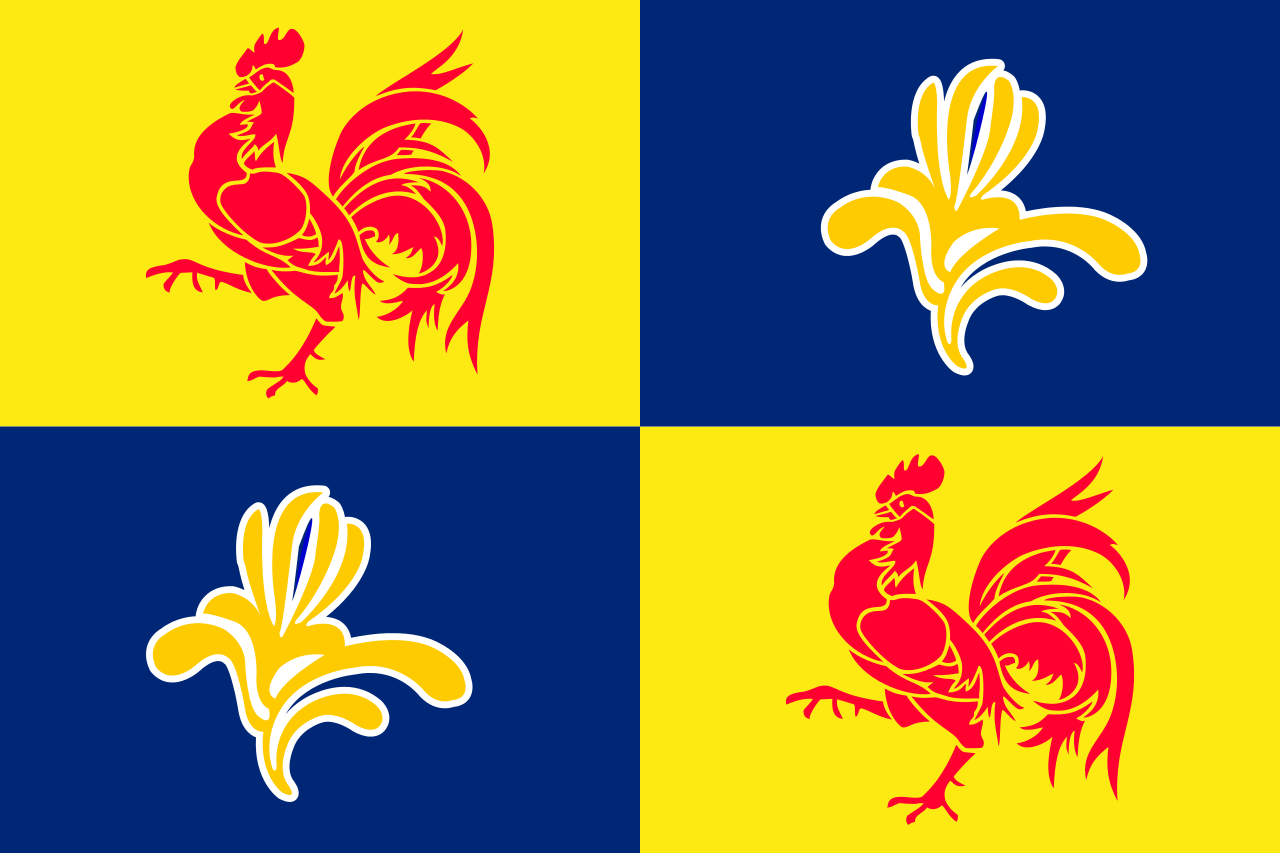








Belgium is a federal state consisting of three communities (the Flemish, French and German-speaking communities) and three regions (the Flemish, Walloon and Brussels regions). These federated entities, like the federal state, have their own powers, on which they decide with full autonomy. The unique feature of Belgian federalism is that there is no hierarchy of norms, that is to say a federal law has the same value as a decree or ordinance of a federated entity. In the event of divergence, therefore, neither takes precedence over the other.
At federal level, decisions are taken for the whole of Belgium, in particular on the Constitution and the basic laws concerning the organisation of the country, as well as laws on health insurance, pensions, defence, justice, and police, etc.
The communities primarily decide on matters that concern their inhabitants and their well-being and language. For example, they are responsible for education, culture, media, assistance to children and to the elderly, and language use, etc.
The regions decide on matters inherently connected to their territory. They are responsible for the economy, environment, employment and public transport, etc.
The provinces and municipalities are the lower levels of government and are under the control of the regions. Provinces promote tourism and cultural activities, and they sometimes organise education or assistance for the poor, amongst other things. Municipalities are closest to the citizens. They also organise education or playgrounds, build sports centres and maintain municipal roads, amongst other things.
The legislation of the European Union takes precedence over Belgian legislation. Many laws (or decrees and ordinances) that are adopted in parliaments in Belgium are intended solely to adapt Belgian legislation to European legislation.
Would you like to find out more about the federal structure of Belgium?
- Belgium, a federal state
- The state structure of Belgium: in French - in Dutch
© Belgian Senate
